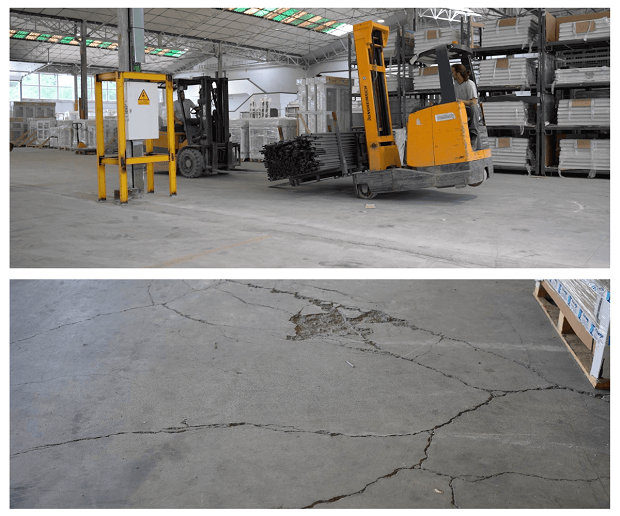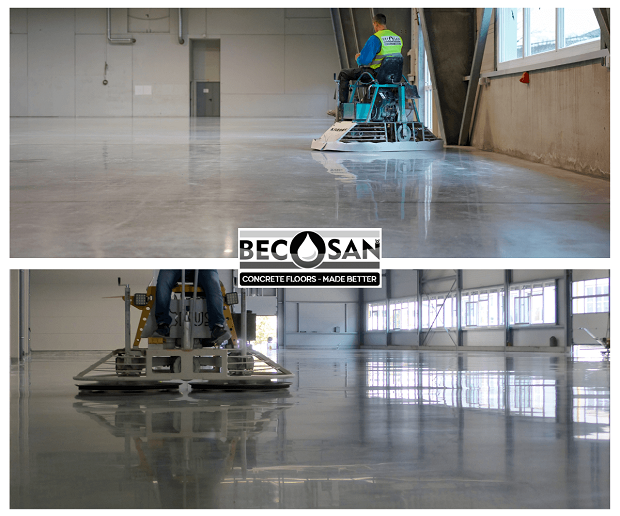The continuous evolution towards digital markets and new customer requirements has led to a significant increase in logistics problems, especially those related to warehouse management.
But what are the most common logistics problems? We identify the ten most common ones that occur in a warehouse and suggest some solutions to minimise their consequences.
1. Wasted space
Lack of storage space is one of the main problems faced by most companies. Faced with this situation, mostly caused by an increase in activity, companies are forced to optimise space if they do not want to make a considerable financial outlay on logistics land.
One of the most common solutions to maximise space without altering the surface area is to take advantage of the height of the warehouse by using higher racking or mezzanines and walkways. We can also optimise the surface area with the installation of compact storage systems.
2. Lack of organisation of goods
The lack of organisation of goods causes errors and delays when looking for a certain product, making it difficult to meet delivery times. A tidy warehouse is the first step towards logistical efficiency.
To avoid this, it is necessary to develop an efficient goods location strategy that takes into account the characteristics of the references, the available storage systems, the rotation of the goods and the movements of the operators.
Using a warehouse management system ensures full control of the stock in the warehouse by synchronising incoming and outgoing orders. A WMS( Warehouse Management Software ), for example, automates the process of locating references in the warehouse (slotting) by means of previously configured criteria and rules.
3. Errors in picking
From picking the wrong item to mixing multiple orders in a single order, the cost of reverse logistics – the return of items – caused by picking errors has serious consequences for a company’s logistics.
Picking errors are a high cost of doing business. According to some studies, their average impact is estimated at around €17 per order.
In an operation as complex as order preparation, where operators usually prepare multiple orders of different references, automation is the solution to eliminate the error rate and increase the number of picks per hour that are completed in the warehouse.
4. Out-of-date inventory
Knowing and planning the stock in a warehouse is essential to maintain productivity in all logistics operations. Not surprisingly, a warehouse with an out-of-date inventory can have serious consequences for a company, from errors in the location of products to a possible stock out.
As companies grow and incorporate more references in their warehouse, the implementation of a warehouse management system becomes a necessary tool to know the available stock in the warehouse at all times.
5. Problems with the floor
Last but not least, we have the flooring, the base that supports the whole activity.
Sometimes, we want to optimise everything related to logistics and warehousing but we forget the basics.
A floor in poor condition can cause:
– delay in operations
– risk of people and goods falling off the floor
– contamination of goods due to dust
 Nowadays there are companies specialised in repairs and improvement treatments for industrial floors all over Europe.
Nowadays there are companies specialised in repairs and improvement treatments for industrial floors all over Europe.





Comments are closed.